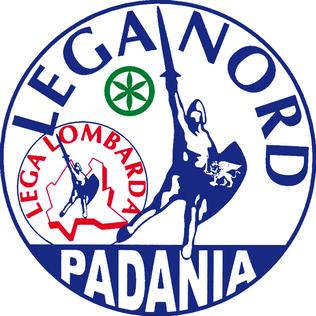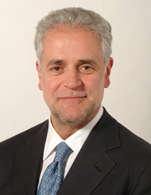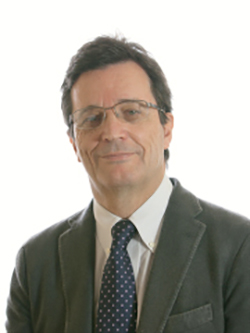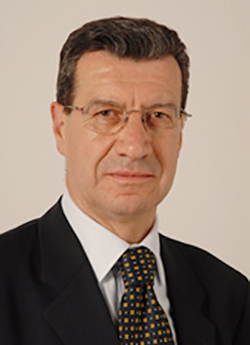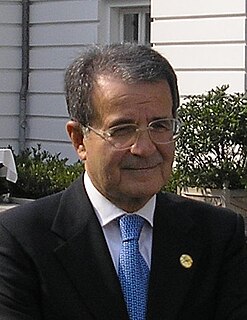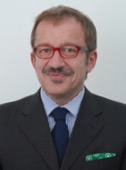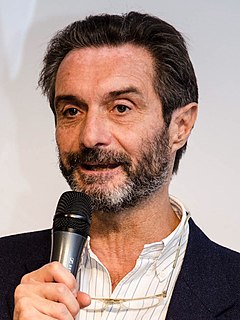| |||||||||||||||||||||||||||||||
All 80 seats to the Regional Council of Lombardy | |||||||||||||||||||||||||||||||
|---|---|---|---|---|---|---|---|---|---|---|---|---|---|---|---|---|---|---|---|---|---|---|---|---|---|---|---|---|---|---|---|
| Turnout | 64.64% ( | ||||||||||||||||||||||||||||||
| |||||||||||||||||||||||||||||||
| |||||||||||||||||||||||||||||||
The Lombard regional election of 2010 took place on 28–29 March 2010. The 9th term of the Regional Council was chosen.
Contents
- Electoral law
- Council apportionment
- Controversies on Formigoni's candidature
- Results
- Results by province
- References
Roberto Formigoni, who was the longest-serving President of Region in Italy along with Giancarlo Galan of Veneto, obtained a historic fourth consecutive term. His opponent was Filippo Penati, a Democrat, who was President of the Province of Milan from 2004 to 2009. [1] The Lombard League, that is to say the regional section of Northern League in Lombardy, backed Formigoni in return of the support granted by The People of Freedom to Lega Nord candidates in Veneto (Luca Zaia) and Piedmont (Roberto Cota).
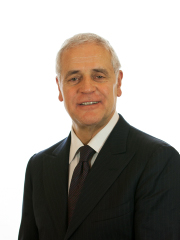
Roberto Formigoni is an Italian politician who was born in Lecco, Italy, on 30 March 1947. He was the President of Lombardy in Italy since 1995 till 2013. He is the former unofficial political spokesperson of the Communion and Liberation movement.
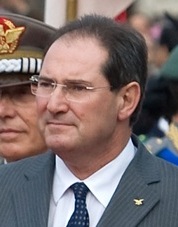
Giancarlo Galan is an Italian politician.

Veneto is one of the 20 regions of Italy. Its population is about five million, ranking fifth in Italy. The region's capital is Venice.
Minor candidates who were running were Savino Pezzotta for the Union of the Centre, [2] Vito Crimi for Beppe Grillo's movement, [3] Vittorio Agnoletto for the Communist Refoundation Party and Gianmario Invernizzi for New Force. Marco Cappato for the Italian Radicals did not gain enough signatures to back his candidature. [4]
Savino Pezzotta is an Italian trade unionist and politician, and the president of the White Rose party.

The Union of the Centre, whose complete name is Union of Christian and Centre Democrats, is a Christian-democratic political party in Italy. Lorenzo Cesa is the party's current secretary; Pier Ferdinando Casini was for years the most recognisable figure and de facto leader of the party, before eventually distancing from it in 2016. The UdC is a member of the European People's Party (EPP) and the Centrist Democrat International (CDI), of which Casini was president from 2004 to 2015.

Giuseppe Piero "Beppe" Grillo is an Italian comedian, actor, blogger and political activist. He has been involved in politics since 2009 as the co-founder of the Italian Five Star Movement political party.









